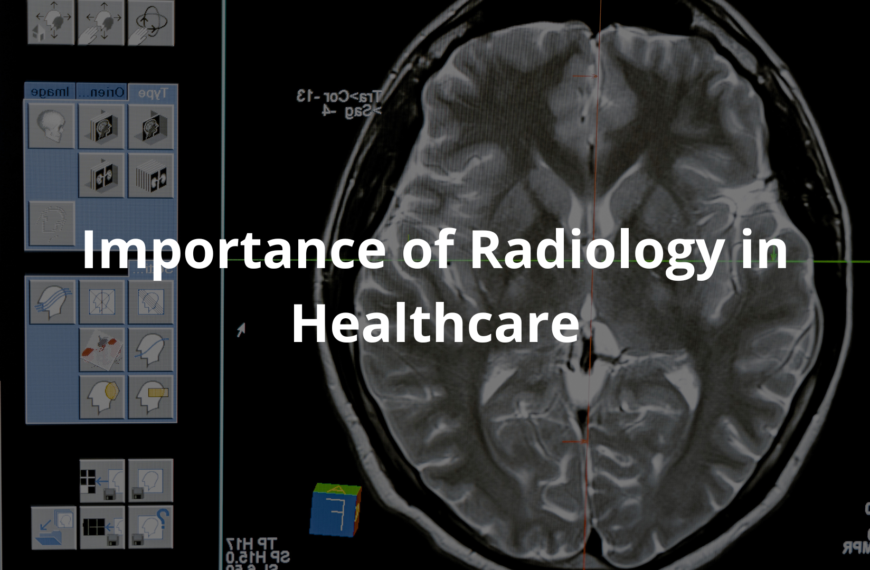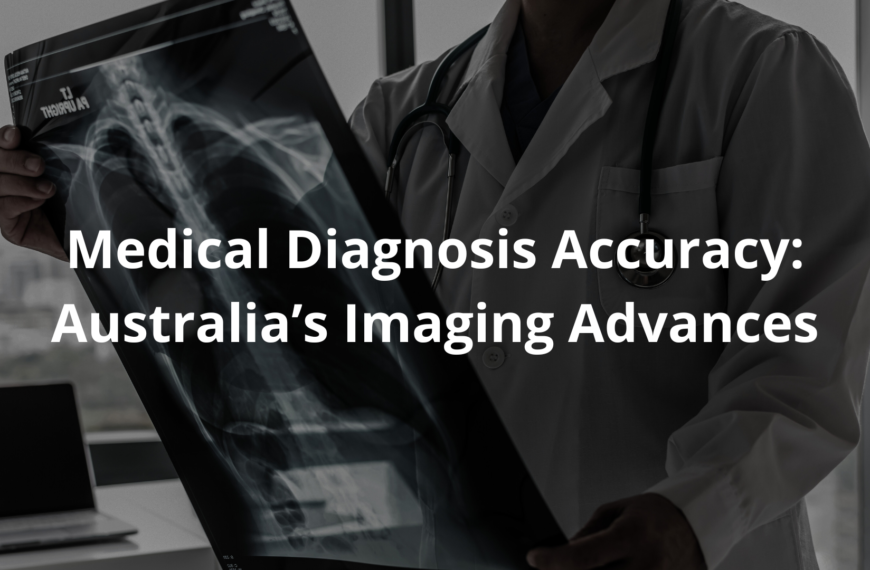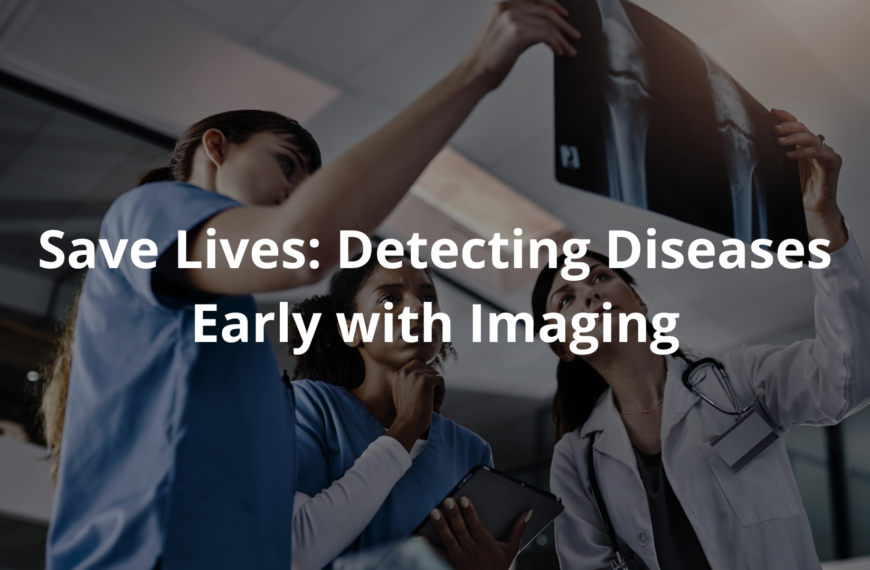Understand how imaging tests like MRI and CT ensure diagnostic reliability and safety in Australia.
Diagnostic reliability in imaging plays a crucial role in healthcare, especially in Australia. It refers to how accurately imaging tests like MRIs and CT scans can help doctors understand what’s happening inside the human body. For many, these tests bring clarity and reassurance. Take, for example, an older patient facing uncertainty—knowing the reliability of such scans can ease their fears.
Imaging isn’t just about machines; it’s about people, their stories, and the trust they place in these tools. Curious about how these technologies work and why they matter so much? Keep reading to uncover more about their impact on lives.
Key Takeaway
- Imaging tests help doctors look inside our bodies.
- Guidelines and standards are in place to keep these tests safe and reliable.
- The use of these tests is growing, so it’s important to use them wisely.
What is Diagnostic Reliability?
Diagnostic reliability is all about how accurate and consistent imaging tests are when doctors use them to figure out what’s wrong. Think about it—if someone has a sharp pain in their side, the doctor might order a CT scan or an MRI. If those tests give the same results every time, that’s what you’d call high diagnostic reliability.
It’s pretty crucial because doctors need to trust these images to make the right decisions. Imagine trying to put together a puzzle, but the pieces don’t match up—frustrating, right? That’s what happens when imaging tests aren’t reliable. These tests are like a window into the body, giving doctors a clear view of what’s going on inside.
Who Makes the Rules for Imaging?
In Australia, there’s a group called the Royal Australian and New Zealand College of Radiologists (RANZCR). They’re the ones who set the rules for how imaging tests should be done. They even wrote up something called the Standards of Practice for Clinical Radiology. It’s kind of like a recipe book for making sure imaging tests are safe and high-quality. [1]
These standards are shared with everyone in the medical field, so there’s no confusion about what’s best. For example, they might explain the proper way to do an MRI or a CT scan to make sure the images are clear and useful. Following these rules helps doctors keep patients safe and get the best results.
What About Safety and Quality?
Safety is a big deal when it comes to imaging tests. A review by the Australian Commission on Safety and Quality in Health Care found some risks that come up sometimes. Here are a few:
- Unnecessary Tests: Sometimes doctors order scans that aren’t really needed. This happens a lot with things like back pain. If a scan isn’t necessary, it could expose the patient to radiation they didn’t need.
- Different Practices: Not all doctors handle imaging tests the same way. This can lead to uneven care. One doctor might do things differently than another, which could confuse patients or even lead to mistakes. [2]
To help with this, RANZCR suggests using something called clinical decision support systems. These systems give doctors advice on whether a test is actually needed. It’s like having a second opinion before making a call. This way, doctors can avoid unnecessary scans and focus on what’s really important.
Are Imaging Tests Being Used More?
Yes, they are. From 2000 to 2021, the number of imaging tests in Australia went way up. [3] It’s kind of like how everyone suddenly wants the latest gadget. But this increase has raised some concerns. Doctors need to be careful about when they use these tests.
RANZCR is working on teaching healthcare providers when and how to use imaging tests wisely. They might hold training sessions or workshops to keep everyone up to date. The idea is to make sure imaging tests are only used when they’re really needed, so patients aren’t exposed to risks like unnecessary radiation.
What Are the Benefits of Imaging?

Imaging tests like MRIs and CT scans are pretty amazing. They let doctors see things they couldn’t spot just by looking at you. These tests can catch problems early, which is super important for conditions like cancer.
For example, a mammogram can detect breast cancer early, giving patients a better chance at successful treatment. Advanced imaging can also spot things like tumours or broken bones that might not be obvious during a regular check-up. For people at higher risk—like those with a family history of certain diseases—these tests can be life-saving.
What Are the Challenges?
Even though imaging tests are helpful, they come with some challenges. Here are a few:
- Overuse: With so many tests being ordered, there’s a risk of overdoing it. Too many scans can mean unnecessary radiation exposure. It’s like eating too much dessert—it’s good in moderation, but too much can be harmful.
- Access: Not everyone can easily get these tests. People in rural or remote areas might have to travel long distances to find an MRI or CT machine. This can make it harder for them to get the care they need.
- Keeping Up: Doctors need to stay on top of the latest technology and guidelines. This takes time and effort, kind of like trying to keep up with the newest trends. It’s not always easy.
These are things that need fixing to make sure everyone gets the best care.
What’s Next for Imaging Tests?
Looking ahead, the goal is to keep making imaging tests better and more reliable. This means giving healthcare providers more training and updating the standards so they reflect the latest knowledge. Here’s what might be coming:
- Better Technology: New machines could give doctors even clearer images. Some might even use artificial intelligence to help read scans faster and more accurately.
- More Training: Doctors and other healthcare workers will probably get more training on how to use imaging tests the right way. This will help them make smarter decisions for their patients.
- Improved Access: There might be more effort to bring imaging tests to people in remote areas. Things like mobile imaging units or telehealth could make a big difference.
If you’re a healthcare provider, it’s worth keeping up with the latest guidelines and taking advantage of training opportunities. And if you’re a patient, don’t be afraid to ask questions about why a test is being ordered. Sometimes, a little curiosity can go a long way.
FAQ
How do medical imaging technologies like CT and MRI scans impact diagnostic reliability in clinical practice?
Modern medical imaging plays a vital role in patient care, particularly when doctors need accurate diagnoses. CT and MRI scans offer different strengths in imaging body regions, with radiologists using these tools daily in general hospitals. Studies in radiol med show these imaging modalities help reduce diagnostic uncertainty and improve care planning.
What role does machine learning play in improving medical imaging and diagnostic accuracy?
Machine learning is transforming medical imaging by helping doctors analyze medical images more efficiently. This technology assists in cancer screening and can enhance diagnostic reliability, especially in areas like prostate cancer detection. Recent systematic reviews and pilot studies show promising results in automating image interpretation.
How do imaging requests get evaluated for patient safety and lower risk?
Healthcare providers weigh several factors when considering imaging requests. For high risk patients in intensive care, careful consideration of radiation exposure is essential. Studies in emerg med and intern med journals highlight the importance of choosing appropriate imaging modality based on patient needs and safety concerns.
What ethical considerations are important in medical imaging research?
Research involving medical imaging requires ethics approval and informed consent from participants. Studies published in open access journals like sci rep typically need to declare compliance with established guidelines. Authors declare their adherence to research standards, particularly when conducting studies in single center settings.
How do researchers assess diagnostic reliability in imaging studies?
Researchers use specific scoring systems and conduct formal analysis of data sets to evaluate reliability. Sample size considerations are crucial in study design. Future studies often build on findings published in pubmed central and peer-reviewed journals like eur j radiol, focusing on improving diagnostic accuracy.
How do international medical societies guide imaging standards and reliability?
The european society and american college of radiology set important benchmarks for imaging quality. Their insights imaging guidelines, published through university press channels, help standardize practices across the united states and globally. These organizations regularly update their recommendations based on scoping reviews of current evidence.
What types of image quality measures affect diagnostic accuracy in prostate imaging?
Various factors influence diagnostic reliability in prostate imaging, including the gleason score assessment. Nuclear medicine techniques combined with med res imaging provide complementary information. Feature papers in acad radiol highlight how different imaging approaches help clinicians make more accurate diagnoses.
Conclusion
Diagnostic reliability with imaging in Australia is crucial. Groups like RANZCR (Royal Australian and New Zealand College of Radiologists) focus on keeping imaging tests safe and effective. They provide guidelines to help doctors make proper decisions for patients. As imaging use increases, ensuring it’s done appropriately matters a lot. It’s really about giving patients the care they need, when they need it. Proper use of imaging can make a huge difference in health outcomes.
References
- https://www.ranzcr.com/component/edocman/ranzcr-standards-of-practice-for-diagnostic-and-interventional-radiology/download
- https://www.safetyandquality.gov.au/sites/default/files/2022-08/literature_review_-_safety_and_quality_in_diagnostic_imaging.pdf
- https://onlinelibrary.wiley.com/doi/abs/10.1111/1754-9485.13591




